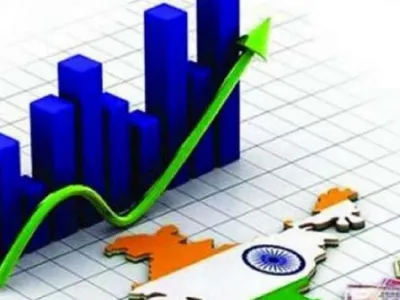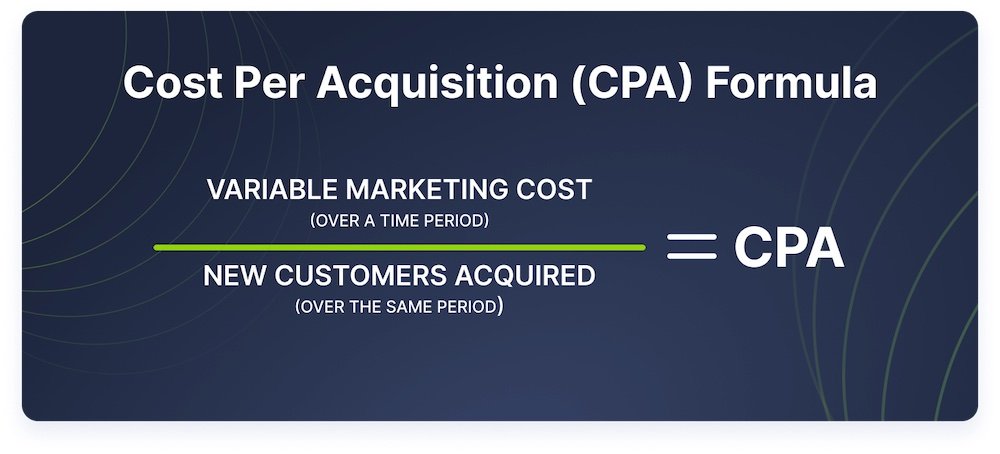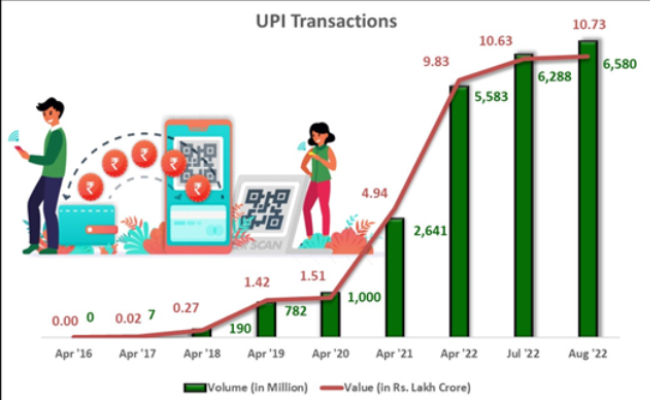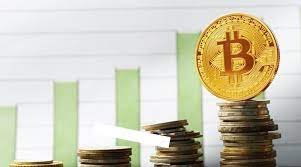The Indian economy in 2030 stands at the threshold of a historic transformation. With rapid technological progress, strong demographic advantage, and sustained policy reforms, India is on track to become one of the top three largest economies in the world. The coming decade promises innovation-driven growth, inclusive development, and digital empowerment that will redefine India’s global economic stature.
India’s Economic Outlook for 2030
By 2030, India’s GDP is expected to cross $7 trillion, making it the third-largest economy globally—after the United States and China. This growth will be powered by industrial expansion, digital infrastructure, renewable energy, and manufacturing.
According to global financial reports, India’s average annual GDP growth rate is projected to remain between 6.5% and 7.5%, driven by:
- Expanding middle class and consumer demand
- Rapid urbanization and smart city projects
- Increasing digital and green investments
- Rising exports and self-reliance initiatives like Make in India and Atmanirbhar Bharat
Key Sectors Driving India’s Growth by 2030
1. Digital Economy
India’s digital revolution is expected to contribute nearly $1 trillion to the GDP by 2030.
- Growth in fintech, e-commerce, and artificial intelligence will reshape the business landscape.
- Expansion of 5G and 6G networks will enhance digital inclusion across rural regions.
- India’s tech startups and innovation hubs will continue to attract global investors.
2. Manufacturing and Infrastructure
Under initiatives like “Make in India 2.0”, manufacturing will account for about 25% of the GDP by 2030.
- India is emerging as a global manufacturing hub for electronics, semiconductors, and electric vehicles.
- Major infrastructure investments in highways, logistics, and ports are expected to exceed $1.5 trillion.
3. Renewable Energy and Sustainability
India is set to lead the green energy revolution by producing over 50% of its electricity from renewable sources by 2030.
- Solar, wind, and biofuel projects are gaining momentum.
- Green hydrogen and electric mobility will shape India’s carbon-neutral ambitions.
4. Agriculture and Rural Development
Smart farming technologies, drone-based monitoring, and organic farming will modernize the agricultural sector.
Government policies are focusing on doubling farmer income and integrating rural markets into the digital economy.
5. Services and Tourism
The services sector, led by IT, healthcare, and financial services, will remain a major contributor to GDP.
Tourism—especially eco-tourism and medical tourism—will attract millions of visitors annually, adding billions to the economy.
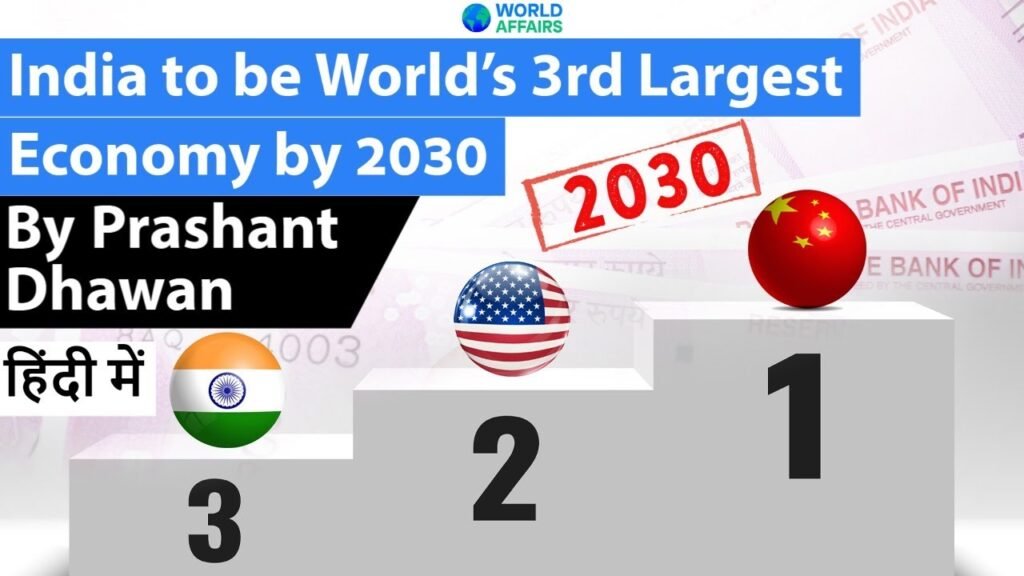
Employment and Demographic Dividend
With a population of over 1.5 billion by 2030, India’s biggest asset will be its young workforce.
- Over 65% of Indians will be under 35 years old, providing a strong labor base.
- Skill development programs like Skill India and Digital India will prepare youth for global employment.
- The rise of startups and remote work culture will generate new job opportunities in emerging industries.
Challenges Ahead
While the outlook is optimistic, several challenges must be addressed:
- Bridging the urban-rural economic gap
- Managing inflation and fiscal deficits
- Strengthening healthcare and education systems
- Ensuring environmental sustainability and resource efficiency
India’s success will depend on its ability to balance growth with inclusivity and sustainability.
India’s Position in the Global Economy
By 2030, India is expected to contribute nearly 15% of global GDP growth.
- The country’s role in global trade, climate action, and digital policy will make it a key player on the world stage.
- Partnerships with the G20, BRICS, and regional neighbors will shape India’s international influence.
- India’s focus on innovation-led exports and strategic autonomy will strengthen its economic resilience.
The Indian economy in 2030 represents a story of ambition, resilience, and transformation. From becoming a digital-first nation to leading in renewable energy and manufacturing, India’s growth journey is poised to inspire the world. With visionary leadership, sustainable policies, and the power of its people, India is set to redefine the global economic order by 2030.
What Is Middle East and Why Is It Called Middle East?
What Is It Called Latin America?
Most Popular Prime Minister of india
![]()

